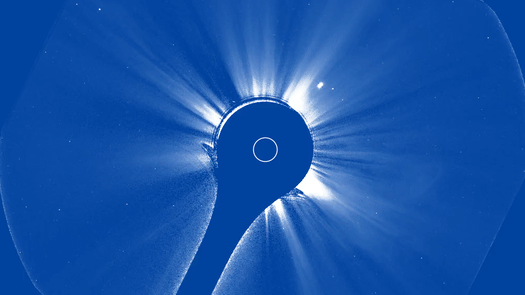Machines, Vol. 11, Pages 604: Rolling-Sliding Performance of Radial and Offset Roller Followers in Hydraulic Drivetrains for Large Scale Applications: A Comparative Study
Machines doi: 10.3390/machines11060604
Authors: Pedro Amoroso Ron A. J. van Ostayen Federica Perassi
Generally speaking, excessive side thrust and roller slippage are two different aspects affecting cam-roller mechanisms. In novel large-scale hydraulic drivetrains for offshore wind turbines, the highly dynamic nature of these mechanisms combined with the interplay of cyclic loads, frictional torques and inertia promote slippage at the cam-roller interface. At larger scales, the effects of roller inertia become much more pronounced, as the inertia escalates exponentially with the roller’s radius. This study presents a comparative analysis between radial and offset roller followers in novel large-scale hydraulic drivetrains, where offset followers are incorporated to minimize the side thrust. The framework encompasses a comprehensive kinematic and force analysis, to provide the inputs for two lubrication models integrated into the torque-balance equation, where the possibility of slippage is allowed. The findings reveal that the equivalent side thrust can be reduced by 51% with offset followers. Both configurations experience slippage during the low-load phase, but it rapidly diminishes during the high-load phase. This sudden transition in rolling conditions results in a sharp increase in surface temperature and traction force, emphasizing the importance of minimizing sliding at the interface. However, besides the substantial side thrust reduction, offset followers showed superior tribological performance, mitigating undesirable thermal and frictional effects.

 1 year ago
34
1 year ago
34


